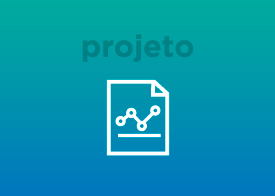PerCare: Um Modelo Computacional para Cuidados Ubíquos orientados à Acessibilidade
Descrição: O projeto propõe um modelo computacional para cuidados ubíquos orientados à acessibilidade, denominado PerCare (Personal Care). Nesse sentido, o projeto aplica a Computação Ubíqua no suporte à acessibilidade (Acessibilidade Ubíqua para Pessoas com Deficiência (PCDs) e idosos. A principal inovação da proposta consiste na amplitude do modelo, o qual suportará de forma integrada e [...]

